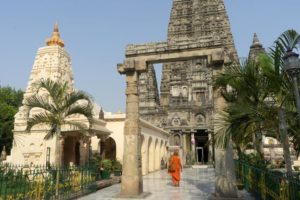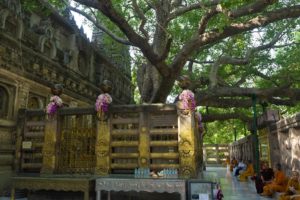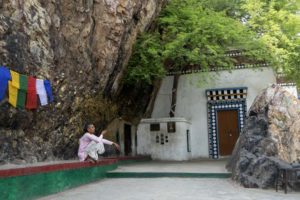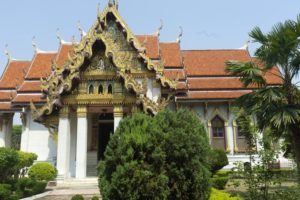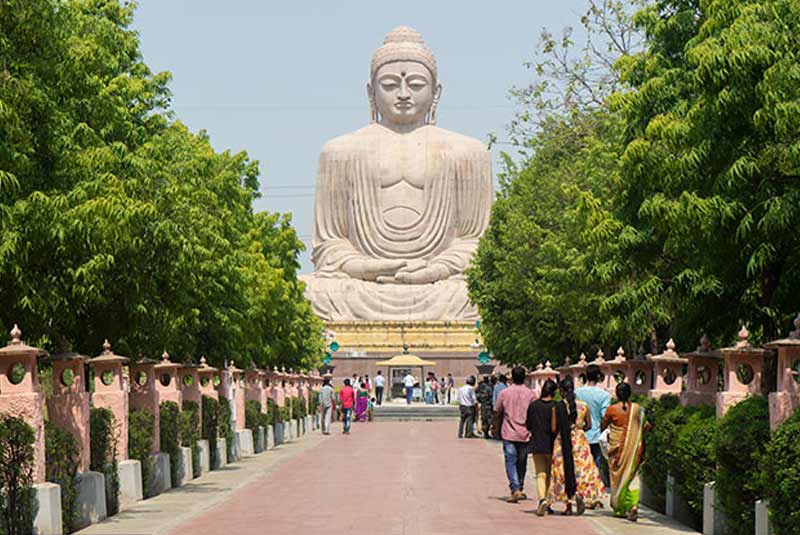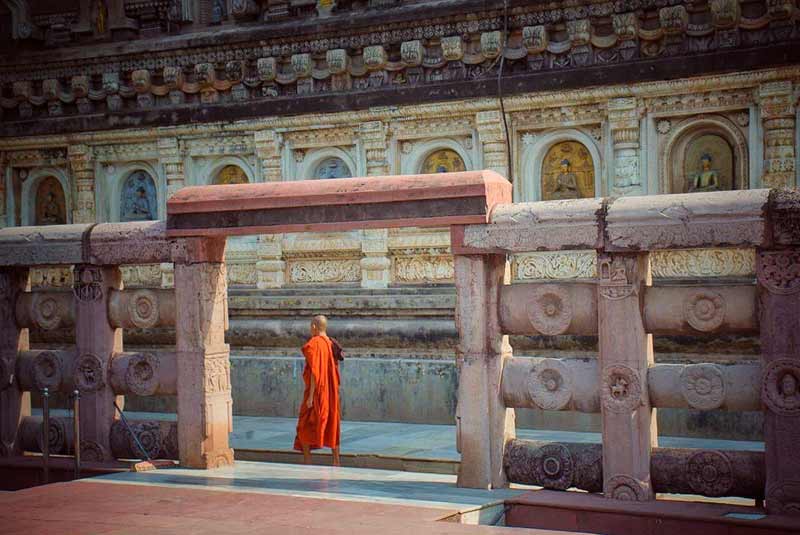Bodhgaya, city of the awakening of the Buddha
A peaceful five-day stay in the city of Bodhgaya, where Siddhartha Gautama, Prince of Kapilvastu, became the ‘Buddha’, that is to say ‘the one who is awake’, after intenses penances and a long meditation under a Bodhi tree.
At 29 years old, Siddhartha Gautama, Prince of Kapilvastu, forsakes his material and worldly life to find the truth about existence. As a wandering hermit in India, it is at Bodhgaya, under a bodhi tree, that Siddhartha Gautama become the ‘Buddha’, that is to say ‘the one who knows’ or ‘the one who is awake’. Buddhism or ‘philosophy of the right-middle’ was therefore born in Bodhgaya. It now has more than 300 million followers worldwide. Bodhgaya is one of the four highest Buddhist pilgrimage sites in India with Kushinagar, Lumbini and Sarnath.
We offer you a stay in this peaceful town of Bodhgaya, the center of the Buddhist faith, to discover the places of asceticism of the Buddha and his awakening.



